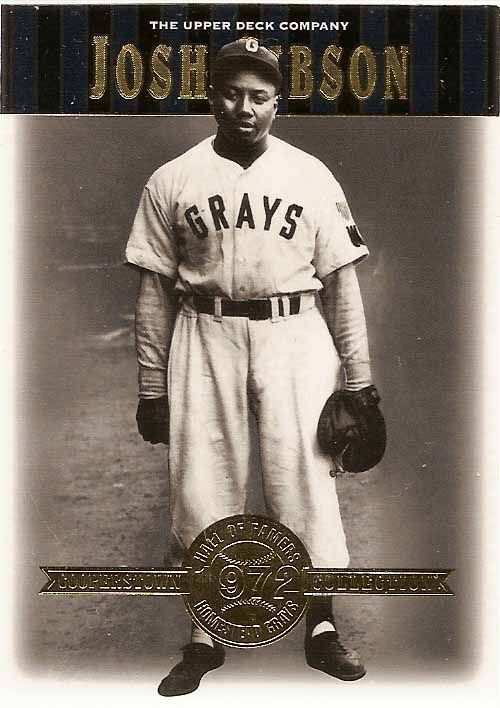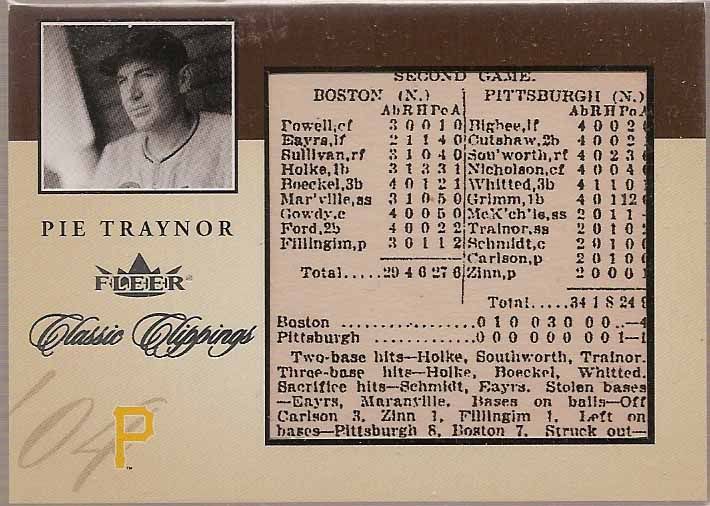 When someone talks about sandlot baseball, your mind probably goes to one of two places, depending on age and point of reference: either the iconic baseball movie The Sandlot, capturing a romanticized pickup game among friends, or perhaps to your own experiences playing baseball during your childhood.
When someone talks about sandlot baseball, your mind probably goes to one of two places, depending on age and point of reference: either the iconic baseball movie The Sandlot, capturing a romanticized pickup game among friends, or perhaps to your own experiences playing baseball during your childhood.Either way, the story is probably pretty similar: long lost friends, even more long lost baseballs, and a intensely informal game of baseball.
There's only one problem: sandlot baseball was so much more complex than that simplified, romanticized notion that comes to mind.
If you're interested in the topic, check out baseball historian Rob Ruck's Sandlot Seasons (warning: it's an academic history book, so it can be a bit dense for the casual reader). In short, the sandlot world was a complex semi-pro system which wasn't all that far removed from the major leagues.
On a given evening, you could find a crowd of thousands gathered to watch two of the top mill league teams playing. The sights and sounds, food for sale, and passion of the fans could equal or exceed what you might find at Forbes Field or Shibe Park. And perhaps most surprising, the players might be one in the same.
Baseball immortal Honus Wagner spent another half a dozen years playing for sandlot teams after retiring from Major League play. Joe Tinker and Johnny Evers could be found playing sandlot games under not so well disguised pseudonyms to make a few extra dollars during an off day. And countless former pro players and minor leaguers, black and white, would continue their careers on the sandlots years after their playing days ended. Players for top teams could make a few hundred dollars a month (not adjusted for inflation), in addition to their daytime job.
As Ruck writes, "the game of baseball as played by the pros was much
closer to nonprofessional ball, and players and spectators went back and
forth between the two" (42).
But anyone who considers themselves a student of the game and a fan of its history could and should see a game that has changed significantly from the commercial behemoth we see today. The game's evolution in and of itself is a fascinating topic. But it's important not to lose sight of the people and realities behind those numbers, HoF plaques, and epic tales.




No comments:
Post a Comment